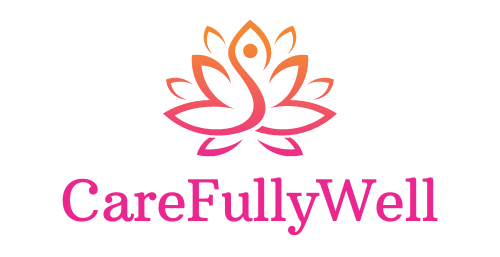Harmonious Harmony: Top Practices to Ease Your Breastfeeding Journey
Breastfeeding, the ancient art of nourishing your little one, is a profound and beautiful journey, but it can also be filled with its fair share of challenges. Fear not, for with the right practices and a dash of patience, your breastfeeding experience can become a harmonious symphony of love and nourishment. Let’s explore the top practices to ease your breastfeeding journey and make it a cherished experience.
1. Create a Serene Environment
The setting for your breastfeeding sessions matters more than you might think. Find a cozy nook where you can relax, away from distractions. Soft lighting and soothing music can create a tranquil atmosphere that makes both you and your baby feel at ease.
2. The Laid-Back Position
The way you position yourself and your baby during breastfeeding can make a world of difference. Try the laid-back position, also known as the “biological nurturing” position. Lie back in a semi-reclined position, allowing your baby to rest on your chest and belly. This position not only encourages skin-to-skin contact but also lets gravity do some of the work, making latching easier.
3. Master the Latch
The key to comfortable and effective breastfeeding is the latch. Your baby’s mouth should cover a significant portion of the areola, not just the nipple. The right latch ensures efficient milk transfer and minimizes discomfort. If you’re unsure about the latch, consider consulting a lactation consultant for guidance.
4. Nurse on Demand
Your baby’s feeding schedule may not always align with a clock. Be attuned to your baby’s hunger cues and feed on demand. Frequent nursing helps establish a robust milk supply and keeps both you and your baby content.
5. Stay Hydrated and Well-Nourished
Remember that you’re nourishing two beings now. Proper hydration and nutrition are essential for your well-being and milk production. Keep a water bottle and nutritious snacks within arm’s reach during your breastfeeding sessions.
6. Engage in Gentle Massages
Breast massages can help prevent blocked milk ducts and ensure proper milk flow. During feedings, gently massage your breast in a circular motion towards the nipple. This practice can be both therapeutic and beneficial.
7. Seek Support
Breastfeeding can sometimes feel like a solo performance, but it doesn’t have to be. Seek support from your partner, family, friends, or a support group. Sharing your journey and seeking assistance can provide you with valuable advice and emotional support.
8. Invest in Comfortable Attire
Your clothing can either enhance or hinder your breastfeeding experience. Opt for comfortable, easy-to-open garments. Specialized nursing bras and tops can make the process smoother and more discreet when nursing in public.
9. Practice Self-Care
Remember to take care of yourself, too. Self-care is not a luxury but a necessity. Take time for relaxation, read a book, or simply enjoy a cup of herbal tea during your breastfeeding sessions. Your well-being is intimately connected to your baby’s happiness.
10. Trust Your Instincts
Breastfeeding is as much an art as it is a science. Trust your maternal instincts. Every baby is unique, and your baby will show you what they need. Be patient with yourself and your little one as you both learn the rhythms of this enchanting journey.
Your breastfeeding journey is a unique and beautiful chapter in your life. By embracing these practices, you can ease the path, create lasting memories, and build a strong, loving bond with your baby. Remember, every drop of nourishment you provide is a gift of love and a testament to the strength of motherhood.



